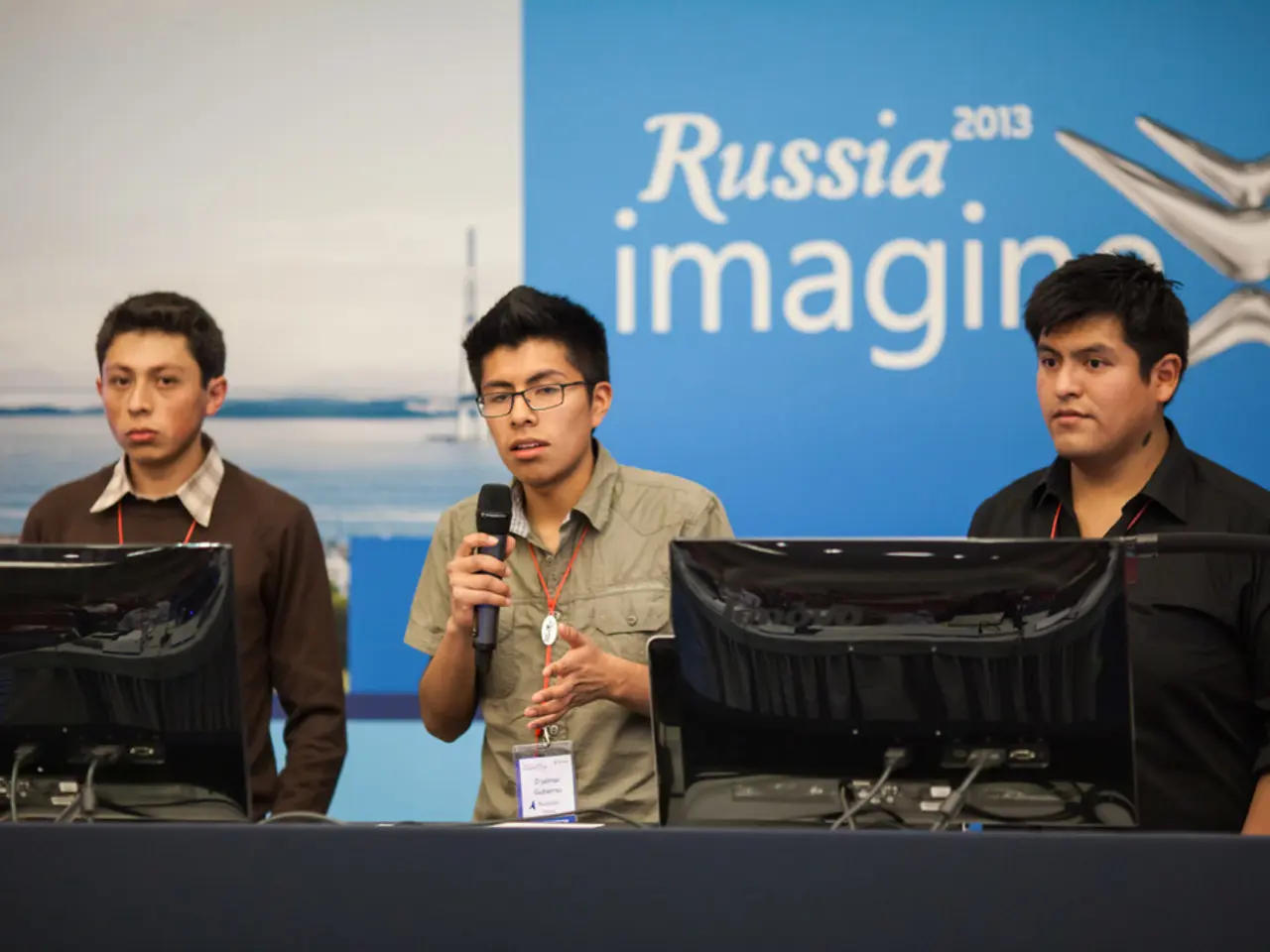Adapting Market Research in the Era of Attention Scarcity
In a groundbreaking move, Mars Inc. has transformed its advertising strategy by delving into the realm of subconscious consumer behaviour, leveraging artificial intelligence (AI) and behavioural data to create more impactful storytelling and branding. This innovative approach has resulted in improved return on ad spend (ROAS), reduced reliance on post-campaign analysis, and a more effective use of resources.
At the heart of this transformation is Agile Creative Expertise (ACE), an AI-powered ad-testing tool developed by Mars Inc. ACE measures consumer attention, engagement, and emotional response in real-time, providing valuable insights that help optimise every advertisement for maximum impact.
Machine learning models within ACE predict with 85% accuracy whether an ad will drive sales, while leading brands are using this technology to track real consumer attention, ensuring content isn't just seen but retains focus. Researchers categorise attention into distinct types, each influencing brand engagement strategies, such as sustained attention, selective attention, divided attention, captive vs. voluntary attention.
The shift towards measuring real engagement through subconscious reactions, micro-movements, and behavioural data has significantly transformed brand interactions within the attention economy. Neuromarketing techniques like eye tracking, facial coding, and brain data analysis reveal how consumers truly engage with brands on a subconscious level, offering brands genuine data on what elements of ads, packaging, or experiences capture attention and evoke emotion.
This approach captures real-time and involuntary responses like micro-expressions and eye movements, leading to smarter creative decisions that more effectively hold consumer attention and drive purchase behaviour. By understanding natural subconscious visual and emotional cues, brands can optimise website layouts, ad placements, packaging colours, and sensory elements (sound, scent) to fit how consumers naturally respond.
Moreover, this data helps predict which campaigns and product designs will succeed before launch, decreasing the risk of market failures and increasing return on investment. Furthermore, these insights allow brands to align marketing with consumer values, creating authentic connections in an environment where consumers are highly discerning.
The future of market research involves predicting why and how attention shifts in real-time, going beyond traditional engagement metrics like click-through rates and impressions. New approaches to market research capture real-time consumer engagement using techniques like eye-tracking, facial coding, biometric response analysis, and AI-powered engagement tracking.
AI-driven research tools will forecast attention patterns based on historical and real-time behavioural data, optimising design, messaging, and placement before content is launched. Stricter data protection laws will shape how attention-based analytics are implemented, striking the right balance between hyper-personalisation and privacy will define the next era of market research.
In a world where consumers' attention is constantly divided, a compelling campaign isn't enough for brands; a perfectly crafted message can still vanish if it fails to break through in the milliseconds it takes for a consumer to swipe away. The next frontier of market research includes measuring dwell time, gaze duration, and interaction depth to better understand the impact of content. Hyper-personalization, strategic deployment of short-form vs. long-form content, and attention-optimised creative are strategies brands are employing to capture and sustain attention.
The average human attention span has dwindled to approximately 8 seconds, a significant drop from 12 seconds in 2000. In this fast-paced digital landscape, understanding and mastering consumer attention is crucial for brands to thrive. Mars Inc.'s innovative approach to market research and advertising is a testament to this shift, offering a glimpse into the future of brand interactions in the attention economy.
- Incorporating technology, such as ACE's AI-powered ad-testing tool, into market research strategies allows for the measurement of real-time consumer engagement, focusing on subconscious reactions, micro-movements, and behavioral data.
- Focus groups and customer satisfaction surveys could be supplemented with neuromarketing techniques like eye tracking, facial coding, and brain data analysis to understand how consumers truly engage with brands and ads on a subconscious level.
- The future of general-news and lifestyle reporting might involve using AI-driven research tools to predict attention patterns based on historical and real-time behavioral data, helping journalists create more engaging content that aligns with their audiences' interests and values.




